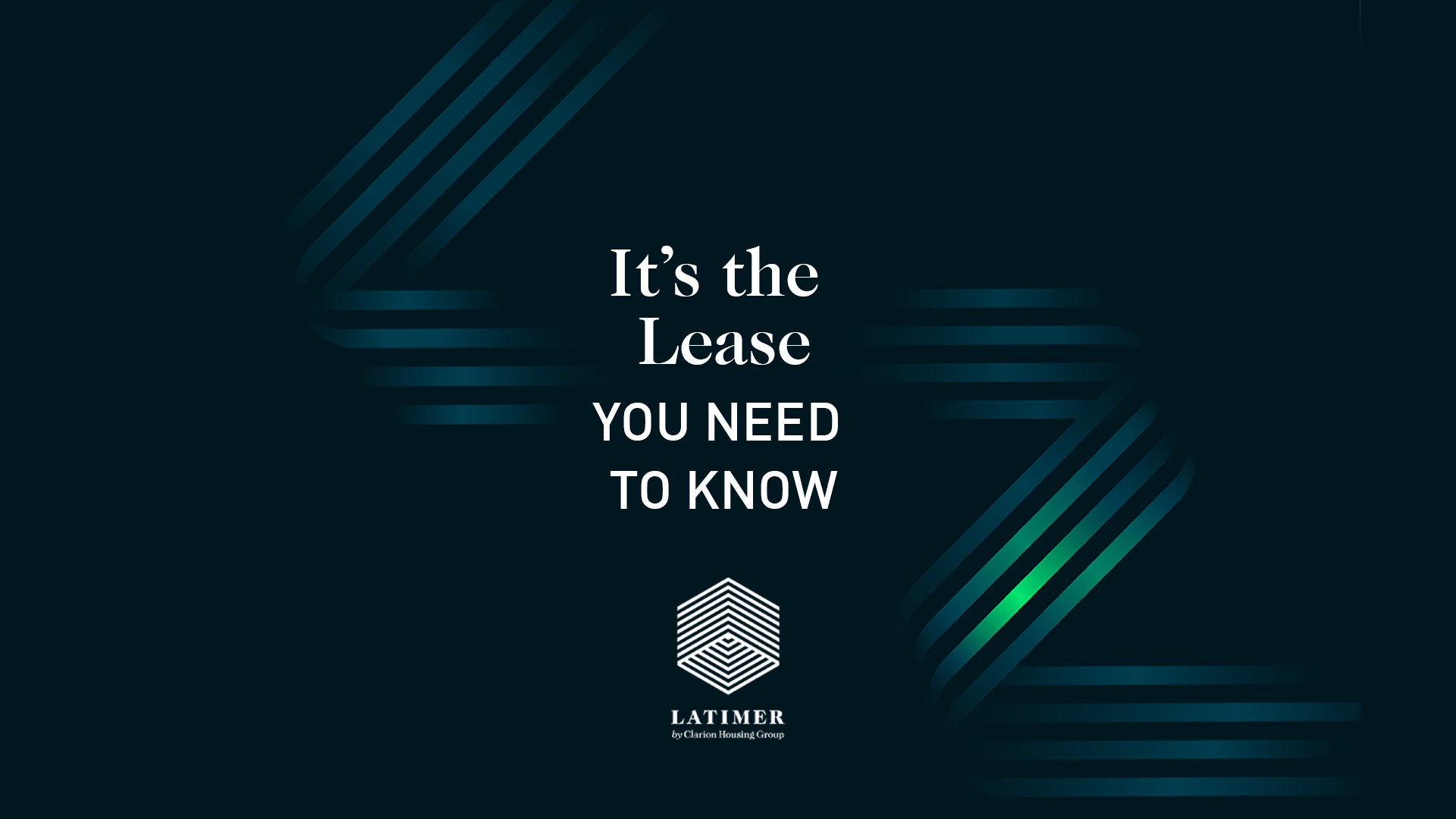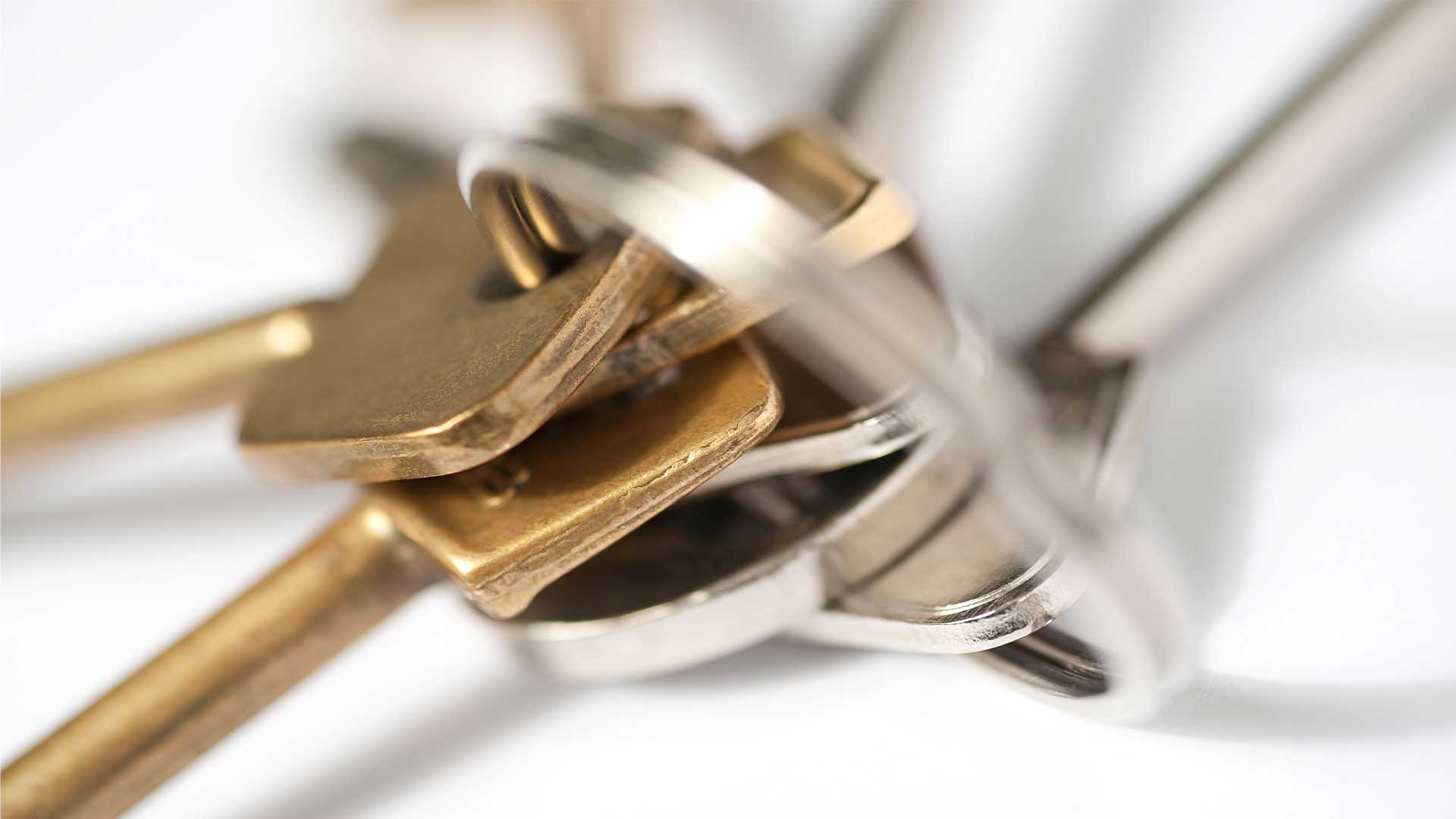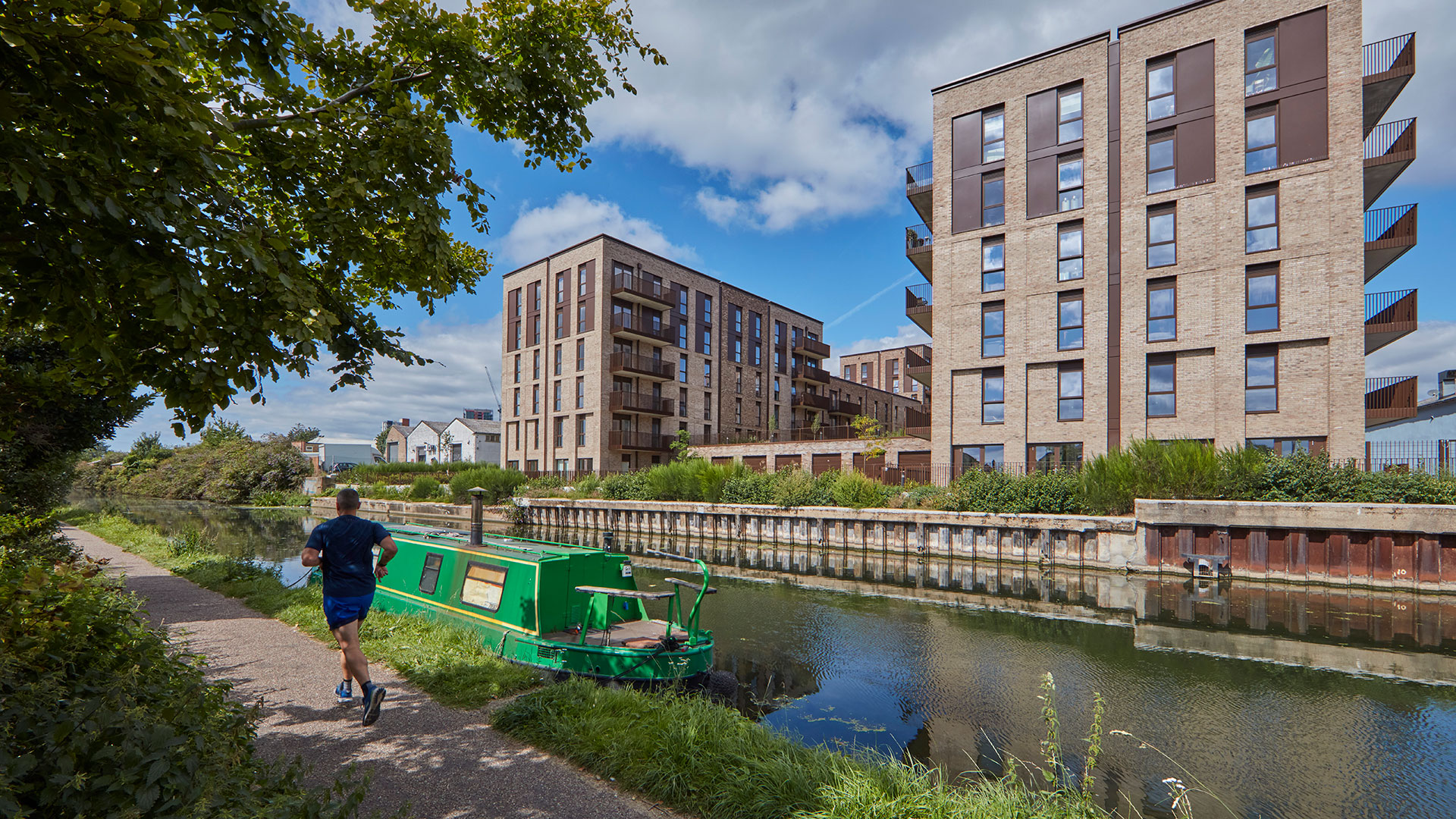
London Home Show Sponsors: Latimer by Clarion Housing Group
It’s the Lease you need to know
When buying a property understanding the basics of your lease will stand you in good stead. If you’re buying a freehold property, then a transfer agreement is the legal document for your house.
We always recommend seeking legal advice. We’ll help break down some of the leasehold basics to give you confidence in the meantime.
What’s a leasehold? What’s a freehold? And someone please explain Shared Ownership
If you own a leasehold property, you’ll generally have a lease from the freeholder (also referred to as the landlord). The freeholder owns the building and the land it’s on outright.

A common scenario for apartment buildings, however can involve a headlease. This is usually a superior lease over a building. For example, a headlease-holder over an apartment building, in turn grants subleases to individual flats in that building.
If you own the freehold of a house, then it’s you who owns your building and the land it’s on outright (subject to the transfer agreement). It’s in your name in the Land Registry. A whole house is usually freehold. There are cases of leasehold houses, particularly with new build homes. Latimer doesn’t sell leasehold houses unless they’re with Shared Ownership.
Buying with Shared Ownership (a route to homeownership that receives public funding) simply means that you own a share of the property and pay rent to the landlord for the share you don’t yet own. This is usually a housing association, like Clarion Housing Association. All Shared Ownership properties (houses as well as apartments) are purchased on a leasehold basis because of this arrangement. However, owners are able to buy a larger share of their property (known as staircasing) over time. If you’re in a house, at the point you own 100% you become the freeholder of your home and the land it’s on (subject to your transfer agreement).

Where can I find out more?
As you can probably tell by now, there’s a reason we advise getting legal advice. There’s further information on the responsibilities and rights page of our website as well. You’ll find an explanation of some of the typical terms you’ll come across.
For further useful and independent advice we do also recommend that you visit The Leasehold Advisory Service.
Why do I need a leasehold agreement?
It serves as a binding, legal agreement between the freeholder and you. With support from your solicitor at the point of purchase, you’ll have a document that thoroughly outlines the rules, policies and conflict resolution procedures for living in the property. It clearly defines your responsibilities and that of the landlord.
Each leasehold agreement is unique to a property. Common examples of items within an agreement are:
- Parties to the lease.
- The property.
- Rights granted with the property.
- Regulations.
- Lessee’s obligations.
- Access.
- Landlord’s obligations.
- Length of lease.
Everyone’s journey to homeownership is unique. Buying your own home is exciting and scary in equal measure. Of course, it’s also a huge investment. Your lease is a vital document. Knowing the rights, responsibilities and obligations of all parties gives you security on that investment.
The capital’s no.1 first time buyer event will return to the QEII Centre in Westminster on Saturday 2nd April, 2022. Register for your FREE ticket to attend Share to Buy’s fifteenth exhibition where you can learn about Shared Ownership and Help to Buy, receive financial and legal advice from expert mortgage brokers and solicitors, and attend first time buyer workshops and seminars.